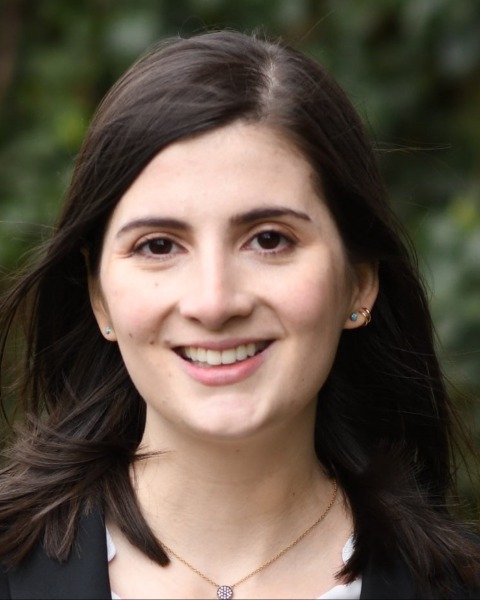Tumor
Intraoperative MRI for the Management of Pediatric Insular Tumors

Camille Milton, MD
Resident
University of Tennessee Health Science Center
Memphis, Tennessee, United States
Presenting Author(s)
Introduction: The insula is a complex, eloquent region important to motor, sensory, and language function. Insular gliomas make up 25% of low-grade gliomas and 10% of high-grade gliomas. Balancing maximal extent of resection (EOR) with protection of eloquent cortex and white matter tracts is critical to successful insular tumor resection. Intraoperative MRI (iMRI) has become a popular adjunct to standard craniotomy for gliomas, by maximizing EOR without negatively impacting functional and surgical outcomes. Here, we evaluate our institutional experience with iMRI and standard craniotomy for pediatric insular tumors, while assessing surgical outcomes including complications, length of stay (LOS), and hospital readmission.
Methods: All craniotomies for insular tumor resection performed at our tertiary care pediatric hospital from June 2010 through December 2022 were included. IRB approval was obtained from our institution prior to data collection.
Results: During the study period, there were a total of 22 patients with insular tumors treated with iMRI craniotomy and 8 patients treated with standard craniotomy. The average age of patient was 10.6 years. Tumor types represented included WHO grade I, II, III, and IV Grade gliomas in 13, 5, 4, and 7 patients respectively and one B-cell lymphoma. Most common presenting symptoms were seizures (66.7%) and headache or dizziness (36.7%). Case duration was expectedly higher in the iMRI group, averaging 336 minutes compared to 219 minutes in the standard craniotomy group (P=0.0048). However, there was no significant difference in LOS, rate of postoperative complications, 30 or 90-day readmission. In the iMRI group, a single iMRI scan was performed in 68% of cases, 2 scans were performed in 24%, and more than 2 scans were performed in 8%.
Conclusion : Compared to standard craniotomy, utilization of iMRI allows maximized EOR without increased risk of postoperative complications, extended LOS, or 30 or 90-day hospital readmission in our pediatric insular tumor population.
Methods: All craniotomies for insular tumor resection performed at our tertiary care pediatric hospital from June 2010 through December 2022 were included. IRB approval was obtained from our institution prior to data collection.
Results: During the study period, there were a total of 22 patients with insular tumors treated with iMRI craniotomy and 8 patients treated with standard craniotomy. The average age of patient was 10.6 years. Tumor types represented included WHO grade I, II, III, and IV Grade gliomas in 13, 5, 4, and 7 patients respectively and one B-cell lymphoma. Most common presenting symptoms were seizures (66.7%) and headache or dizziness (36.7%). Case duration was expectedly higher in the iMRI group, averaging 336 minutes compared to 219 minutes in the standard craniotomy group (P=0.0048). However, there was no significant difference in LOS, rate of postoperative complications, 30 or 90-day readmission. In the iMRI group, a single iMRI scan was performed in 68% of cases, 2 scans were performed in 24%, and more than 2 scans were performed in 8%.
Conclusion : Compared to standard craniotomy, utilization of iMRI allows maximized EOR without increased risk of postoperative complications, extended LOS, or 30 or 90-day hospital readmission in our pediatric insular tumor population.

.jpg)